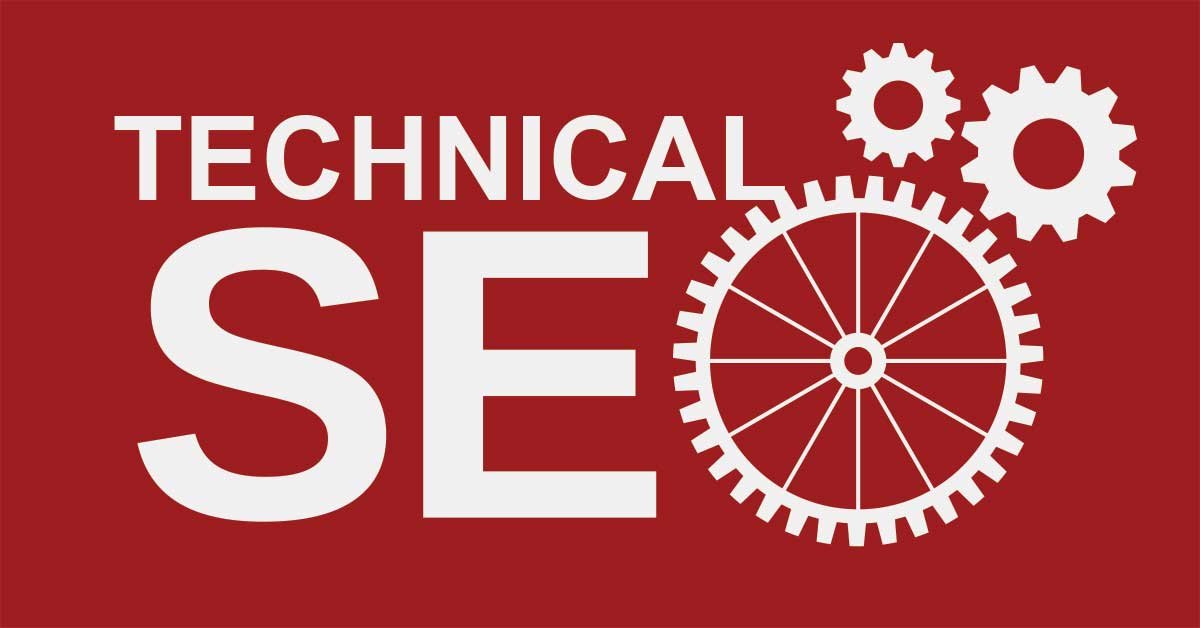In today’s competitive digital world, just having a website isn’t enough. With countless sites vying for attention, it’s crucial to make sure your website stands out. One effective way to do this is through Technical SEO. This blog will explain how Technical SEO can improve your website’s visibility and increase traffic.
What is Technical SEO?
Technical SEO involves optimizing your website’s structure and backend so that search engines can easily crawl, index, and rank it. Unlike content-focused SEO, which deals with what’s on your site, Technical SEO focuses on the technical aspects that support your site’s performance. A well-optimized site helps search engines understand your content better, leading to higher rankings and more traffic.
Key Elements of Technical SEO
Let’s explore the main components of Technical SEO and how they can improve your website’s visibility and traffic:
- Website Speed and Performance
- Page Load Speed: A fast-loading website is crucial for both users and search engines. Google considers page speed a ranking factor. A slow website can lead to high bounce rates, negatively impacting your SEO. Optimizing images, using browser caching, and employing content delivery networks (CDNs) can help improve page load speed.
- Core Web Vitals: These are metrics that measure user experience on your site, focusing on loading speed, interactivity, and visual stability. Websites that perform well on these metrics tend to rank higher.
- Mobile Optimization
- Mobile-Friendly Design: With over half of all web traffic coming from mobile devices, having a mobile-friendly website is essential. Google’s mobile-first indexing means it primarily uses the mobile version of your site for ranking. A responsive design that adapts to different screen sizes can boost your site’s visibility.
- Accelerated Mobile Pages (AMP): AMP is a framework that helps create fast-loading mobile pages. While not a direct ranking factor, AMP can improve user experience on mobile devices, leading to better engagement and potentially higher rankings.
- Crawlability and Indexability
- XML Sitemap: An XML sitemap lists all your website’s pages, helping search engines understand your site’s structure. Regularly updating your sitemap and submitting it to search engines can improve indexability.
- Robots.txt: This file tells search engines which pages they can or cannot crawl. Proper configuration ensures that search engines focus on your important pages.
- Canonical Tags: These tags prevent issues with duplicate content by indicating the preferred version of a page. This helps search engines index and rank the correct page.
- Site Architecture
- URL Structure: A clear and logical URL structure makes it easier for search engines and users to understand your content. Using descriptive URLs with relevant keywords can improve your site’s SEO.
- Breadcrumb Navigation: Breadcrumbs help users navigate your site and help search engines understand its structure. Implementing breadcrumb navigation can improve user experience and SEO.
- Secure and Accessible Website
- HTTPS: Google uses HTTPS as a ranking signal. Websites with an SSL certificate are favored in search results. A secure website also builds trust with users, increasing the chances of engagement.
- Structured Data (Schema Markup): Structured data helps search engines better understand your content. Implementing schema markup can lead to rich snippets in search results, making your site more visible.
- Avoiding Common Technical SEO Issues
- Broken Links: Broken links hurt user experience and SEO. Regularly check for and fix broken links to avoid 404 errors and keep users engaged.
- Duplicate Content: Duplicate content can harm your rankings. Using canonical tags or setting up 301 redirects can help consolidate your content and direct traffic to the right pages.
- International SEO
- Hreflang Tags: If your website targets users in different languages or countries, hreflang tags are essential. They help search engines show the right content to the right audience.
- Geotargeting: Setting up geotargeting in Google Search Console allows you to specify your website’s target country or region, improving visibility in local search results.
The Impact of Technical SEO on Visibility and Traffic
Here’s how Technical SEO can help improve your website’s visibility and increase traffic:
- Better Search Engine Rankings: A well-optimized website is more likely to be indexed and ranked higher by search engines, leading to more organic traffic.
- Improved User Experience: A fast, mobile-friendly, and secure website not only ranks better but also keeps users engaged. Lower bounce rates and higher engagement can further boost your rankings.
- Efficient Crawling: Proper use of sitemaps, robots.txt, and canonical tags helps search engines crawl and index your site more effectively, ensuring your important pages are ranked.
- Targeted Traffic: International SEO practices like hreflang tags and geotargeting help you reach the right audience, driving more relevant traffic to your site.
Conclusion
Technical SEO is a critical part of any successful SEO strategy. While content and links are important, they won’t be as effective if the technical aspects of your site are lacking. By focusing on the key elements of Technical SEO, you can improve your website’s visibility and drive more traffic, ultimately supporting your long-term growth.




